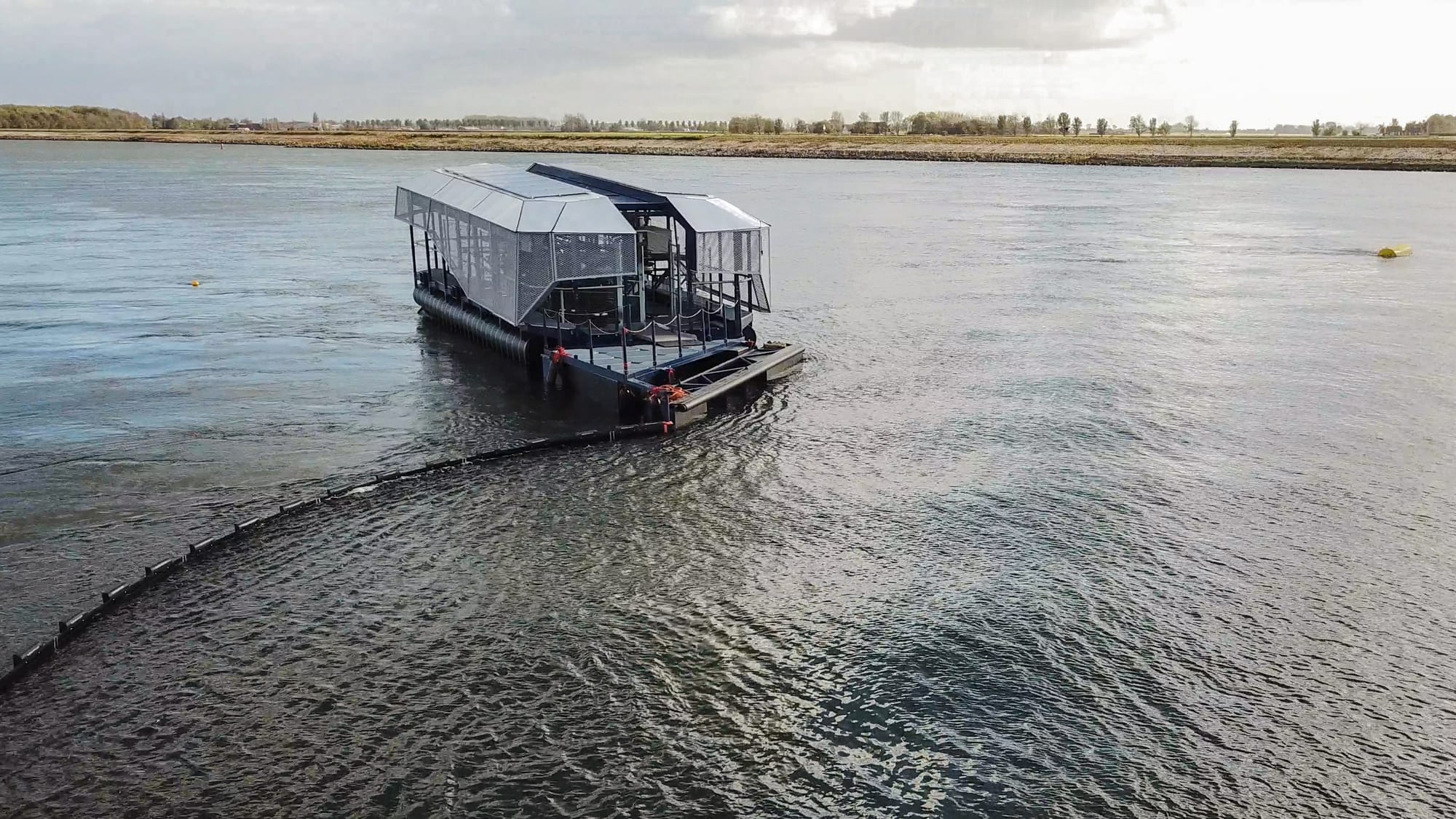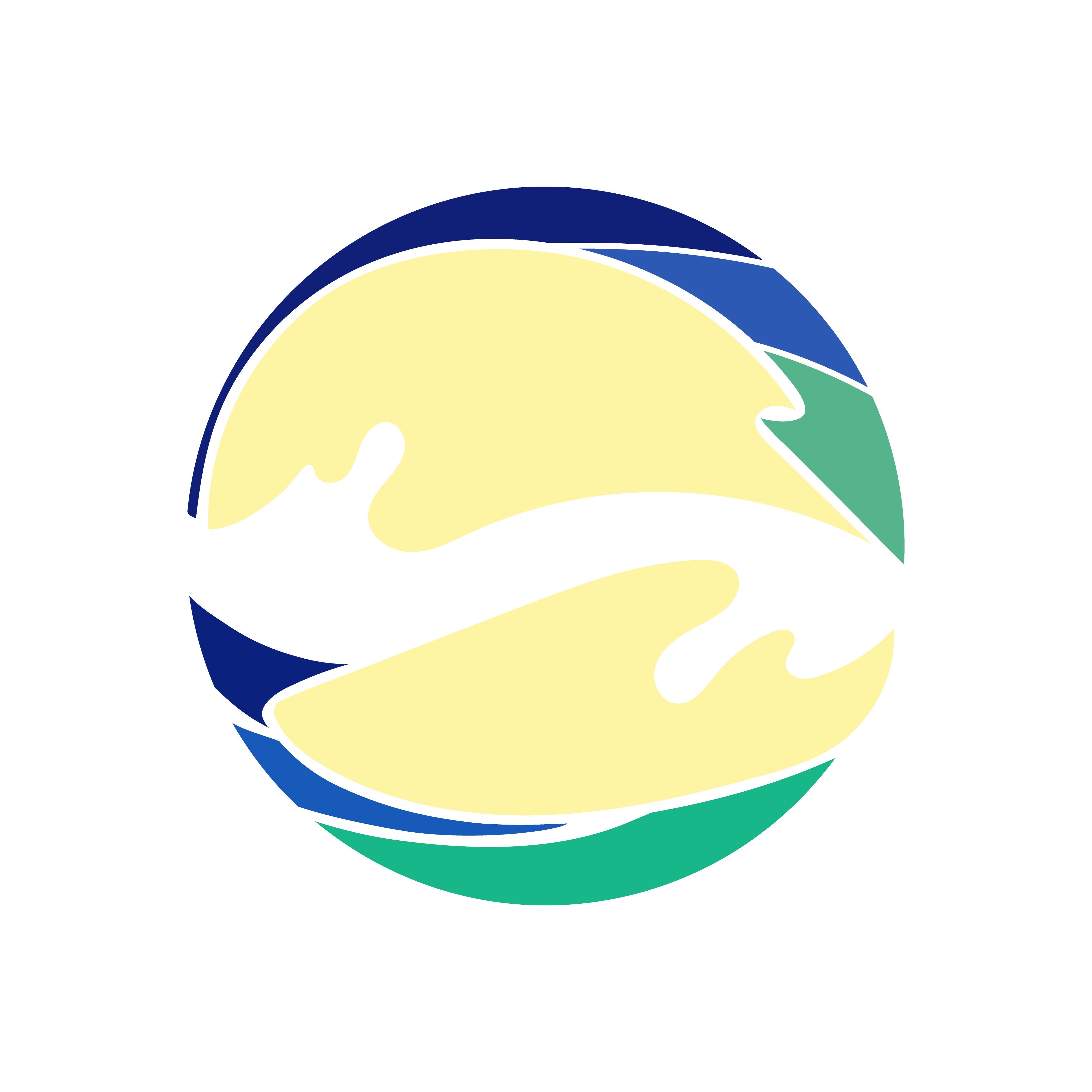That Distant Shore

“Great Pacific Garbage Patch.”
The phrase refers to the enormous region of ocean from North America’s West Coast to Japan that is thought to contain 1.8 trillion pieces of rubbish, the most of which are plastic.
Now in times where modernization took place before conservation, the future of nature preservation seems very distant. Because we did it all wrong, the very last thing we need to do is clean the ocean. Every year, at least 14 million tons of plastic enter the ocean. At present, plastic waste dominates the marine litter population, accounting for 80% of all debris found in the ocean, ranging from surface waters to deep-sea sediments. Every continent has plastic beaches, with higher concentrations of plastic debris found close to well-known tourist attractions and densely populated places. Animals die, plants die, in the end, it is also us who will take the last turn. If a sink is flooding with water, what should we do first? Mop the floor? Get a plunger? Right, we should turn off the sink first. Do know, why aren’t we doing the same to the ocean?
Let’s jog our memories a bit. The majority of plastic garbage that ends up in the ocean comes from land-based sources, including as building sites, tyre abrasion, urban and stormwater runoff, sewer overflows, littering, improper waste disposal and management, and illegal dumping. It’s practically impossible to turn off the sink now when we already had lost control of it. Mopping the floor isn’t a bad alternative at all, after all.
The idea that seems very distant, alas what can we do as humans towards the deed we had already done and will continue to do? Many businesses and organizations are currently using equipment to remove pollution from the open ocean. One such organization is Ocean Cleanup, a nonprofit that collects plastic in the North Pacific High by slowly skimming the water’s surface using a 1.4-mile net-like screen attached to two ships. By thus developed throughout the century under the name of ocean interceptor, one of our desperate cries to wild after tripping ourselves.
The first interceptor to be installed in a filthy river, Interceptor 001, has been installed in the Cengkareng drain to filter plastic debris that floats in the rivers, according to the Ocean Cleanup. Allowing the river’s flow to direct floating plastics and other garbage to the interceptor's mouth, where a conveyor belt will lift it and deposit it into enormous bags designed to collect rubbish. This interceptor was made especially for our rivers, and it has the potential to cleanse 13 more rivers in Indonesia.
Furthermore, this isn’t one of those initiatives that first thrill people only to disappoint when it turns out that operations won’t be operational for years. Actually, the business has already constructed four interceptors currently. Two of which are in use in Klang, Malaysia, and Jakarta, Indonesia. The other two will be situated in Santo Domingo, Dominican Republic, and the Mekong Delta in Vietnam. In addition, two more are being developed to be placed in rivers in Los Angeles and Bangkok, Thailand.
When plastic became possible, efforts became much more harder to realize. That is precisely why we, as humans, should be better. Look at yourself in the mirror and find its true meaning.
The Hemisphere Project Team

